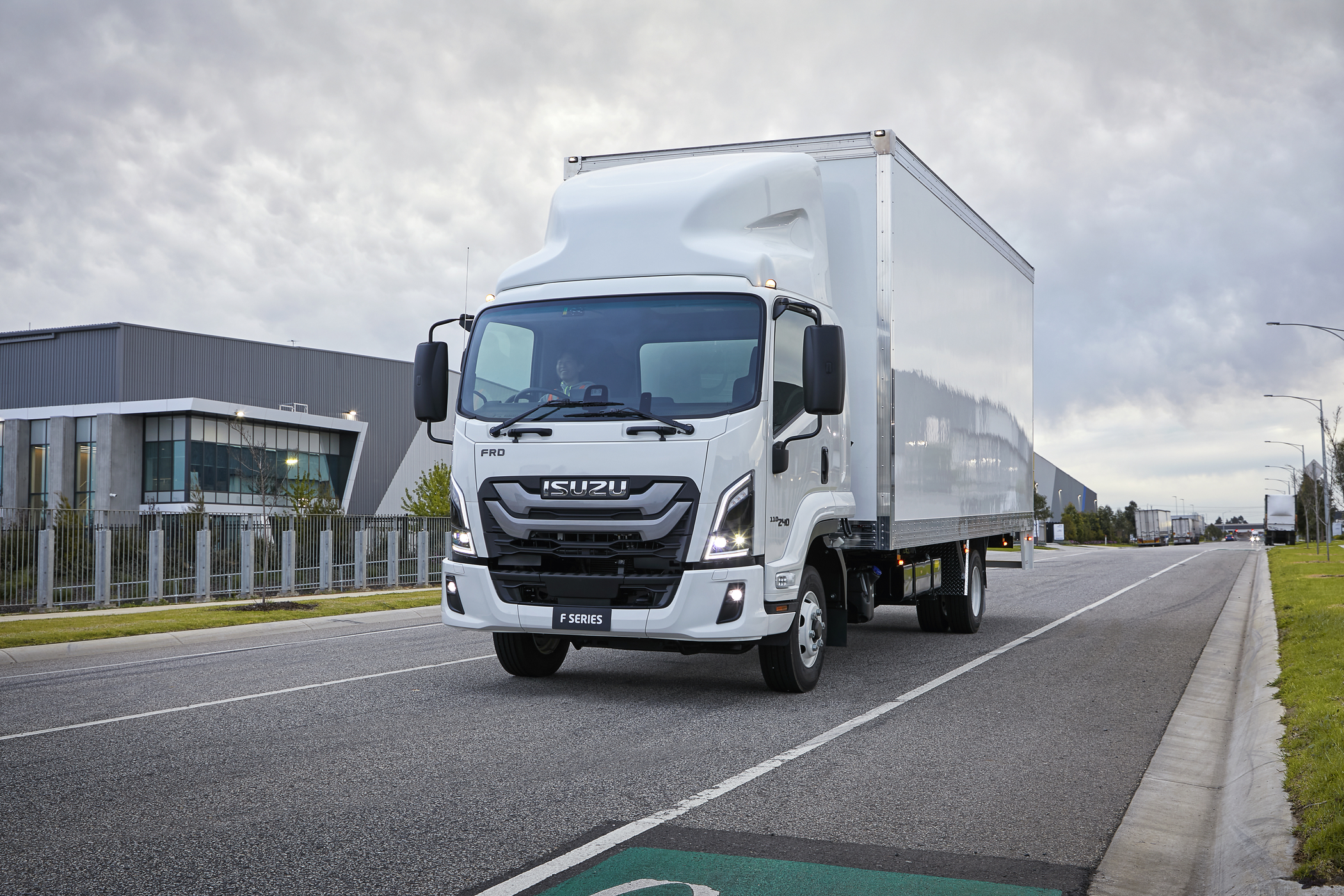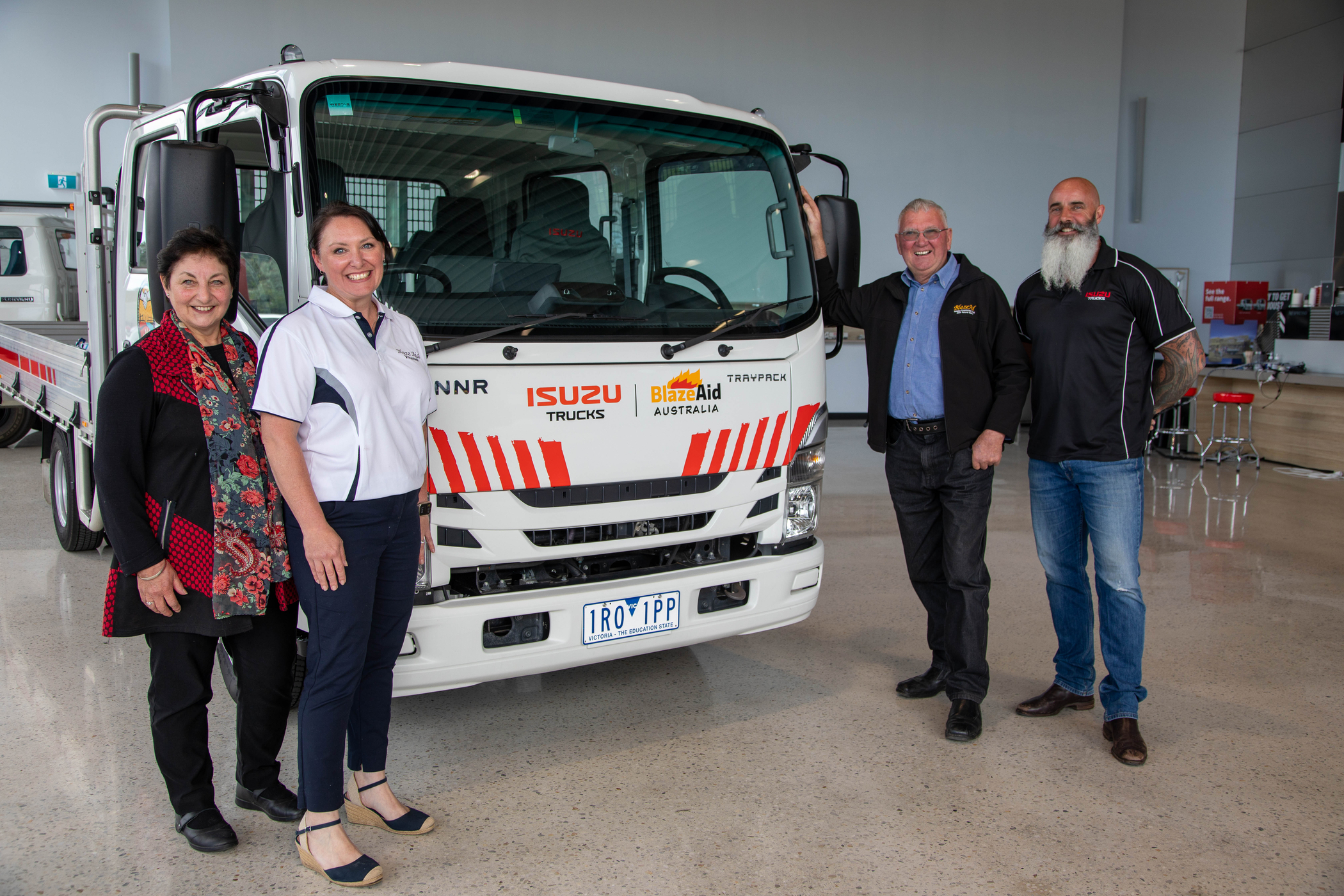ISUZU COMMENT: IDLE TO ACTION AMID AUSTRALIA’S PROCUREMENT PREDICAMENT
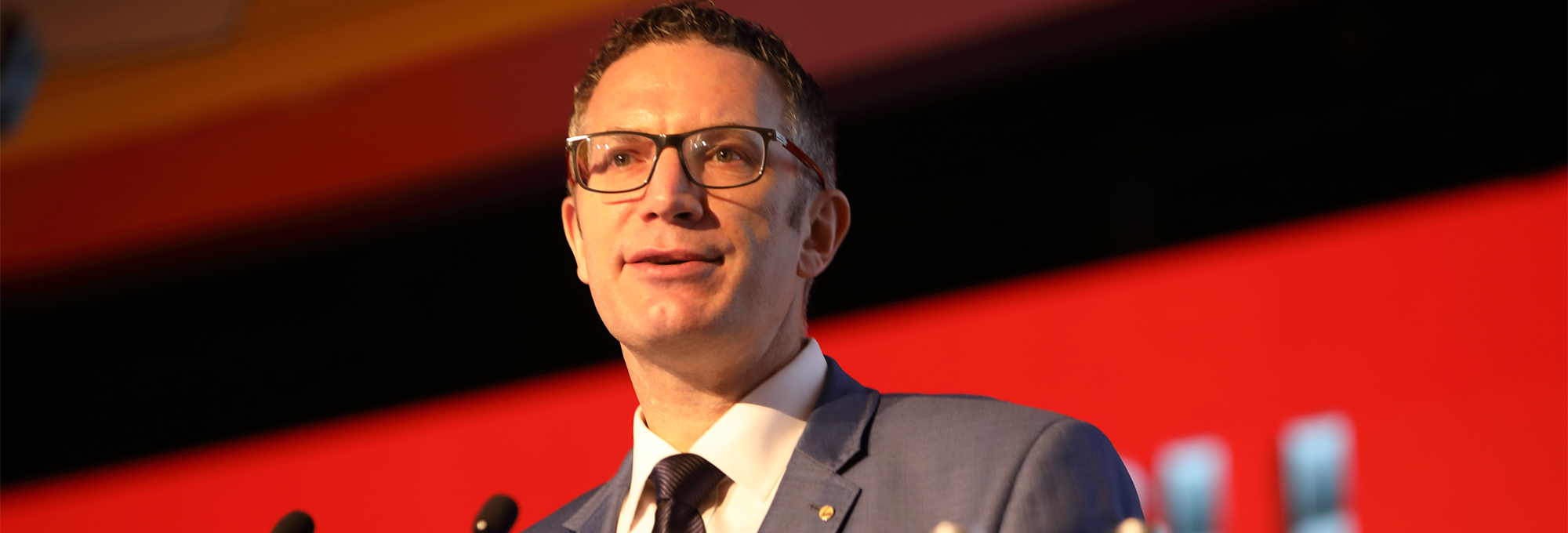
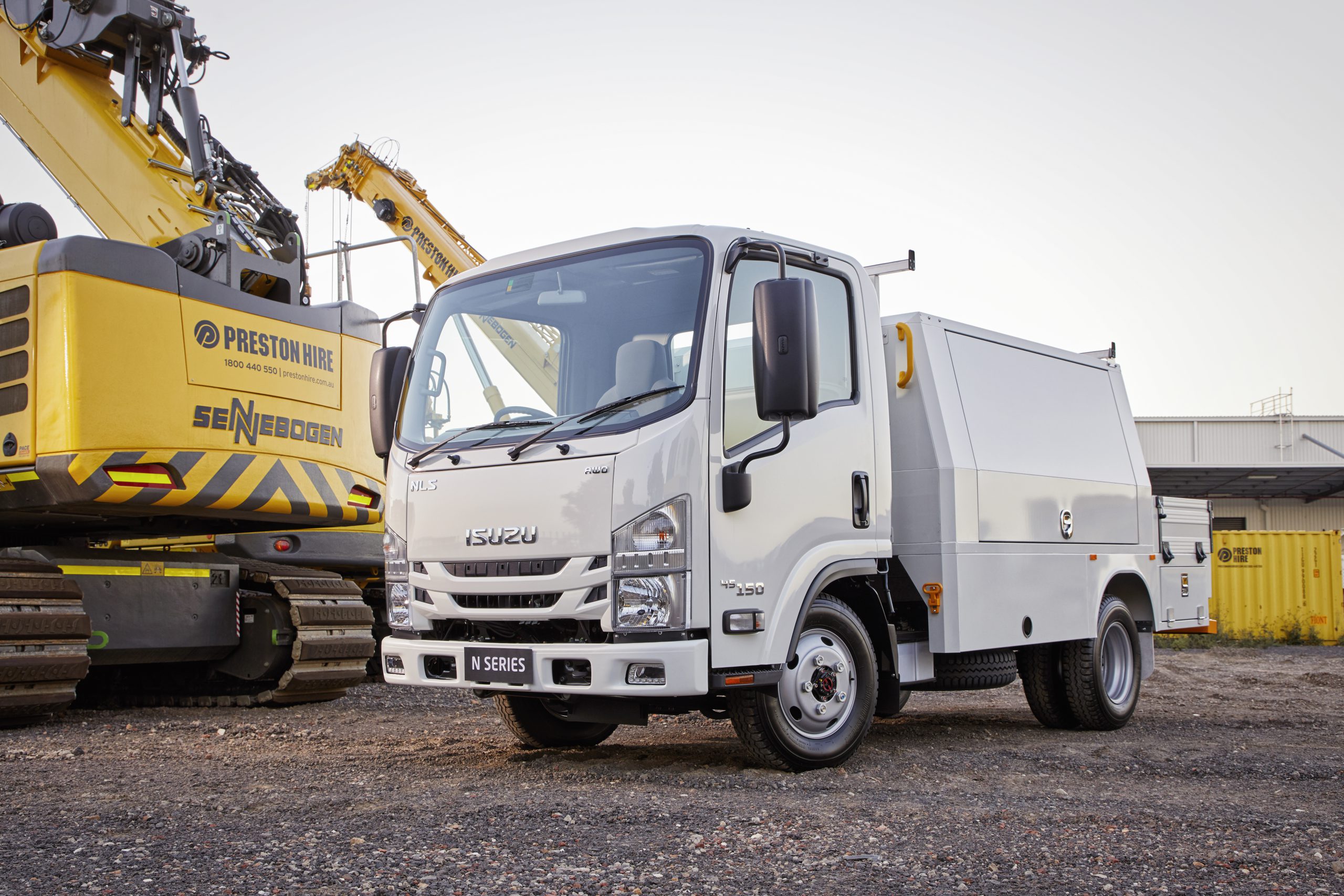 A working theory
The growth in two-pedal preference uncovers a few insights worth unpacking further because it reflects the growing labour pains and broader business challenges permeating the road transport sector.
To operate effectively, road transport in Australia requires a vast range of skill sets, and it also requires and employs a large workforce. The reality of employment in this industry means the effective management of many competing pressures.
From a labour force perspective, the demographic has changed too. No longer are our workers simply truck drivers or warehouse workers. Our staff must be multi-talented, customer focused and familiar with the latest technology – be that within the capital equipment they operate or the consignment software they use daily.
With all of this in mind, it’s fair to say the breadth and diversity of the road transport labour pool has expanded exponentially and continues to do so. It’s not before time either, with 49 per cent of larger Australian fleets seeing the availability of drivers being a key challenge facing their operations over the coming 12 months.
There’s little doubt we need more and more boots on the ground, and this is another factor forcing a re-think of the equipment we’re procuring.
More with less
Demand is such that there’s very limited time to train drivers the way we used to. Shrinking margins and rising fuel prices mean that our workforce simply needs to do more with less.
Our research report tells us that 55 per cent of Aussie fleets with 20 or more trucks are shifting towards new, two-pedal, smaller displacement trucks from a broader GVM scale than ever before.
The aim is a far greater level of fuel efficiency (healthier margins), ease of operation (a broader, more accessible labour pool) and the ticking of compliance boxes.
Diving a little deeper still, and there’s a growing appetite for consistency and standardisation in an OEM product offering. It’s a logical expectation too. Fleets, especially the more hotly contested small to medium sized freight operations, demand an immediate solution.
In fact, 65 per cent of fleets believed it was more important that their new trucks come pre-built (more uptime), standardised (common pallet and gate dimensions) and ready to drive off the lot.
Intrinsically linked
Another area of changing consumer behaviour is the growing recognition of safety and compliance when it comes to purchasing, and yet again, this trend has ties to the attraction and retention of labour from a diversifying pool.
Modern fleets are acutely aware that putting forward a safe and attractive workplace both welcomes and retains sorely needed talent.
The procurement prioritisation of new trucks, equipped with a modern safety suite goes a long way to helping achieve this, whilst having the dual purpose of facing down increasingly onerous compliance challenges.
According to our Future of Trucking Report, the strongest responses in relation to safety technology specifics relate to driver aids that help prevent driver fatigue or distraction, with 40 per cent of all respondents having a sharp interest in these functions.
Demand generates change
Those who have spent a significant amount of time in the Australian road transport sector are all too aware of the hard-nosed calculations involved in procurement decisions, especially in relation to working capital equipment. In the cut and thrust of this highly competitive sector, proven performance is top of mind.
This industry responds to needs and so do its constituents.
The path upon which we arrive at our purchasing decisions is constantly winding, and according to the Future of Trucking Report, it has been paved by one key element for the last decade at least … labour shortages.
A multifaceted approach to this problem is of course required, but our industry’s continued interest and investment in safe, efficient, application-specific capital equipment plays a critical role in expanding the talent pipeline and retaining talent.
It’s taken some time, but as a road loving nation, research suggests we’re painfully close to the tipping point.
It is now a case of turning sentiment into action and committing to that final surge towards a safe, well-equipped and robust future road transport sector.
Simon Humphries is Isuzu's chief engineer.
A working theory
The growth in two-pedal preference uncovers a few insights worth unpacking further because it reflects the growing labour pains and broader business challenges permeating the road transport sector.
To operate effectively, road transport in Australia requires a vast range of skill sets, and it also requires and employs a large workforce. The reality of employment in this industry means the effective management of many competing pressures.
From a labour force perspective, the demographic has changed too. No longer are our workers simply truck drivers or warehouse workers. Our staff must be multi-talented, customer focused and familiar with the latest technology – be that within the capital equipment they operate or the consignment software they use daily.
With all of this in mind, it’s fair to say the breadth and diversity of the road transport labour pool has expanded exponentially and continues to do so. It’s not before time either, with 49 per cent of larger Australian fleets seeing the availability of drivers being a key challenge facing their operations over the coming 12 months.
There’s little doubt we need more and more boots on the ground, and this is another factor forcing a re-think of the equipment we’re procuring.
More with less
Demand is such that there’s very limited time to train drivers the way we used to. Shrinking margins and rising fuel prices mean that our workforce simply needs to do more with less.
Our research report tells us that 55 per cent of Aussie fleets with 20 or more trucks are shifting towards new, two-pedal, smaller displacement trucks from a broader GVM scale than ever before.
The aim is a far greater level of fuel efficiency (healthier margins), ease of operation (a broader, more accessible labour pool) and the ticking of compliance boxes.
Diving a little deeper still, and there’s a growing appetite for consistency and standardisation in an OEM product offering. It’s a logical expectation too. Fleets, especially the more hotly contested small to medium sized freight operations, demand an immediate solution.
In fact, 65 per cent of fleets believed it was more important that their new trucks come pre-built (more uptime), standardised (common pallet and gate dimensions) and ready to drive off the lot.
Intrinsically linked
Another area of changing consumer behaviour is the growing recognition of safety and compliance when it comes to purchasing, and yet again, this trend has ties to the attraction and retention of labour from a diversifying pool.
Modern fleets are acutely aware that putting forward a safe and attractive workplace both welcomes and retains sorely needed talent.
The procurement prioritisation of new trucks, equipped with a modern safety suite goes a long way to helping achieve this, whilst having the dual purpose of facing down increasingly onerous compliance challenges.
According to our Future of Trucking Report, the strongest responses in relation to safety technology specifics relate to driver aids that help prevent driver fatigue or distraction, with 40 per cent of all respondents having a sharp interest in these functions.
Demand generates change
Those who have spent a significant amount of time in the Australian road transport sector are all too aware of the hard-nosed calculations involved in procurement decisions, especially in relation to working capital equipment. In the cut and thrust of this highly competitive sector, proven performance is top of mind.
This industry responds to needs and so do its constituents.
The path upon which we arrive at our purchasing decisions is constantly winding, and according to the Future of Trucking Report, it has been paved by one key element for the last decade at least … labour shortages.
A multifaceted approach to this problem is of course required, but our industry’s continued interest and investment in safe, efficient, application-specific capital equipment plays a critical role in expanding the talent pipeline and retaining talent.
It’s taken some time, but as a road loving nation, research suggests we’re painfully close to the tipping point.
It is now a case of turning sentiment into action and committing to that final surge towards a safe, well-equipped and robust future road transport sector.
Simon Humphries is Isuzu's chief engineer.

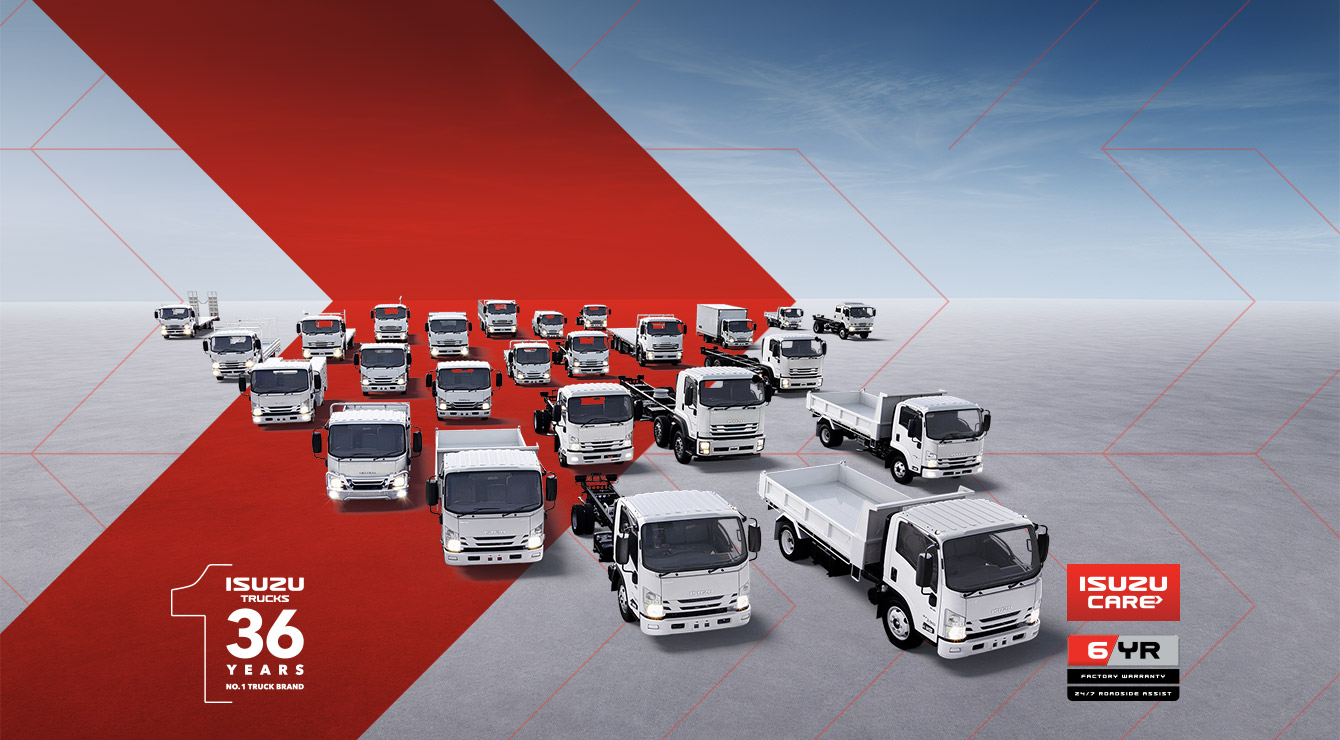
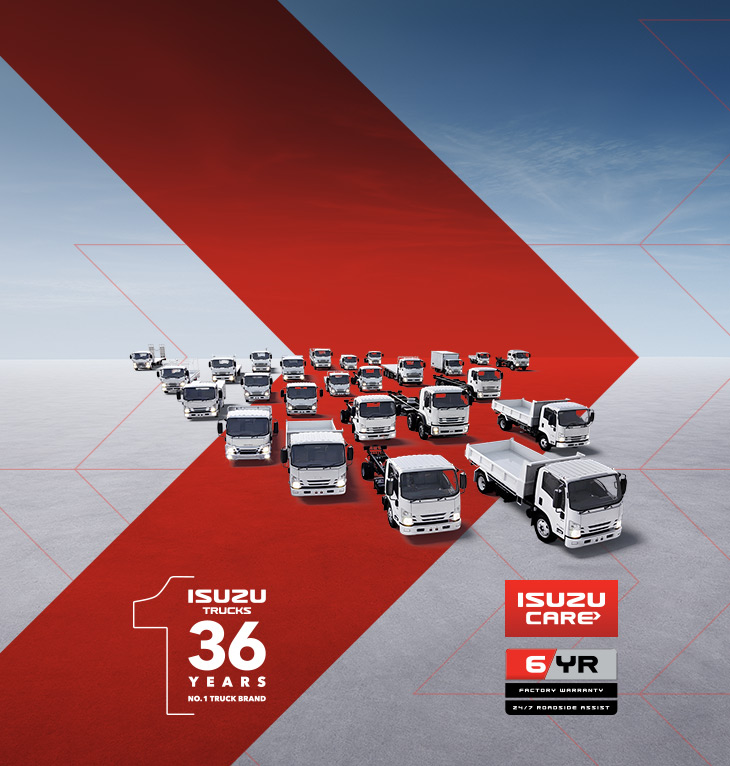
Lead the charge with Australia’s favourite truck.
2025 heralds Isuzu Trucks’ 36th year as market leader.* Number one in more than just sales, though, Isuzu Trucks has an unparalleled dealer support network, customer care program, truck range, and legendary reliability. To get behind the wheel of a winner, get into your nearest Isuzu Trucks Dealer now or visit isuzu.com.au
Learn More
